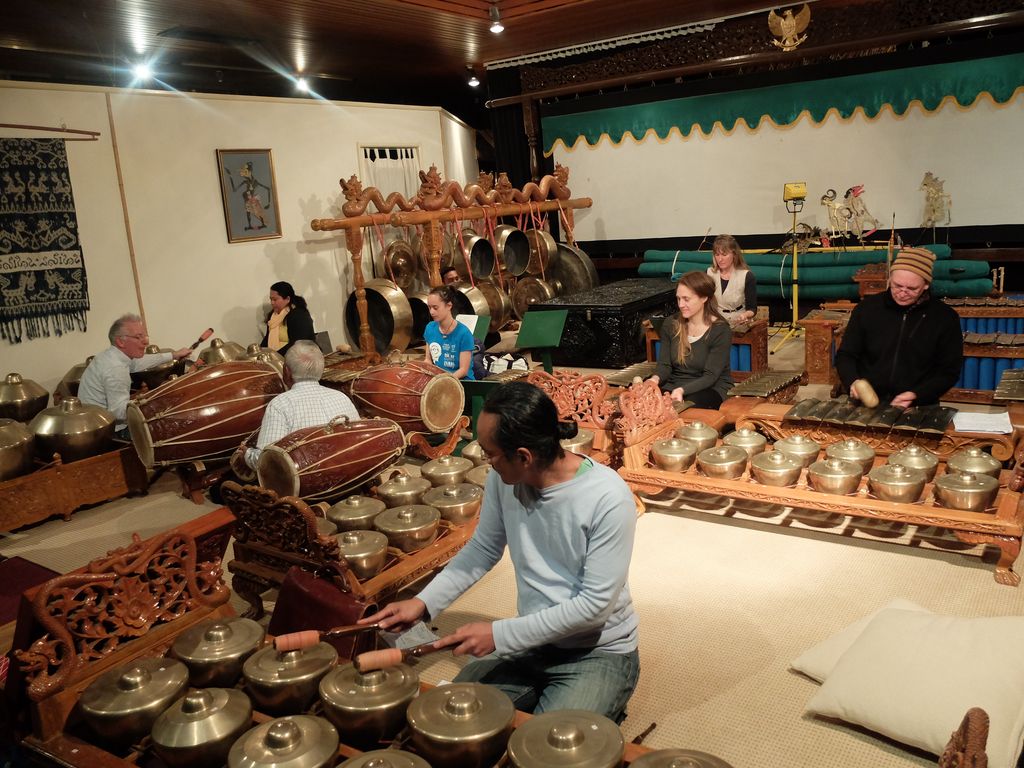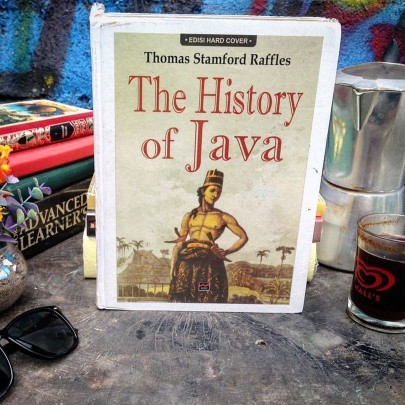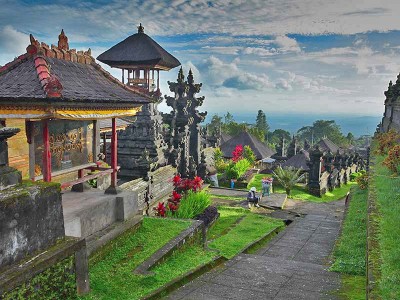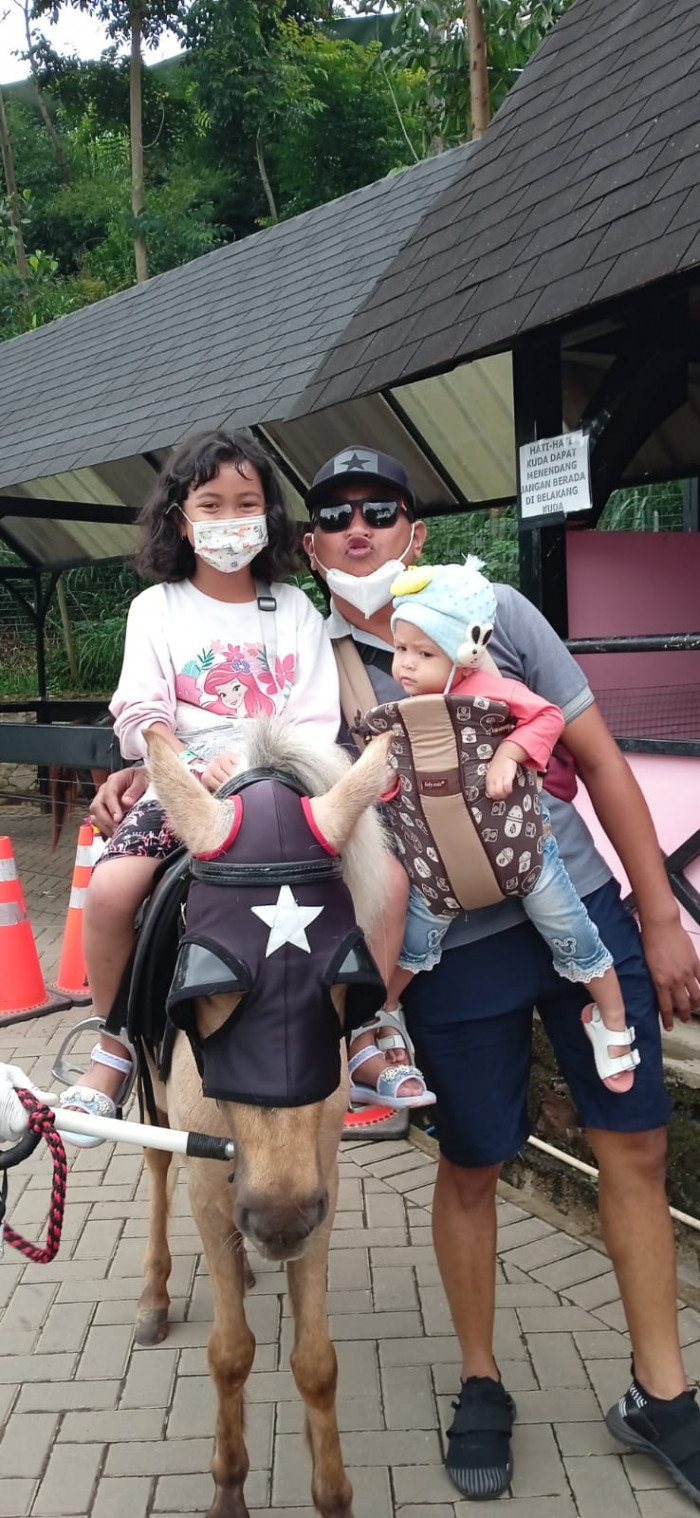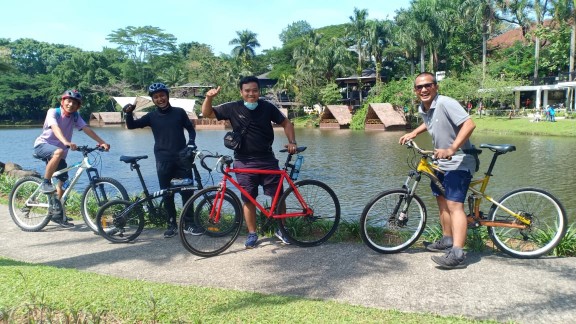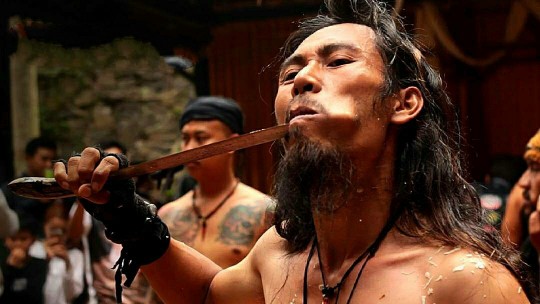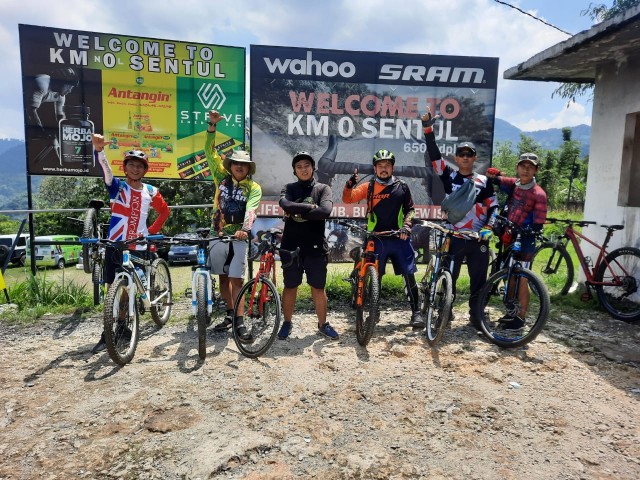javaprivatetour.com – The island of Java is a treasure trove of culture, art, and history. For foreign travelers seeking an immersive experience in Javanese culture, the enchanting sounds of Gamelan Jawa offer a gateway to the island’s rich heritage. This intricate ensemble of instruments, including metallophones, gongs, drums, and more, creates harmonious melodies that reflect the essence of Javanese life.
In this article, we delve into the captivating world of Gamelan Jawa, its historical roots, and the significance of its name. We will also explore the distinct roles of each instrument in this ensemble, shedding light on the unique melodies they produce. But the best part is, towards the end of this article, we’ll introduce you to a fantastic way to experience Gamelan Jawa like never before with Java Private Tour.
Unveiling the History of Gamelan Jawa

Gamelan Jawa has a long and fascinating history. Originally, it consisted of just a single large gong, but over time, it evolved into the diverse ensemble we know today. According to Javanese beliefs, it was created by Sang Hyang Guru, a deity residing on Mount Mahendra, also known as Gunung Lawu. In ancient times, the Gamelan was used for communication with other deities. To convey more specific messages, two types of gongs were crafted, laying the foundation for the Gamelan we appreciate today.
The Origins of the Name “Gamelan”
The name “Gamelan” is a combination of two Javanese words: “gamel” (meaning to strike or hit) and “an” (a noun suffix). Gamelan, therefore, signifies an activity of striking that was initially performed by the people of the past, eventually becoming the name of this remarkable ensemble of musical instruments.
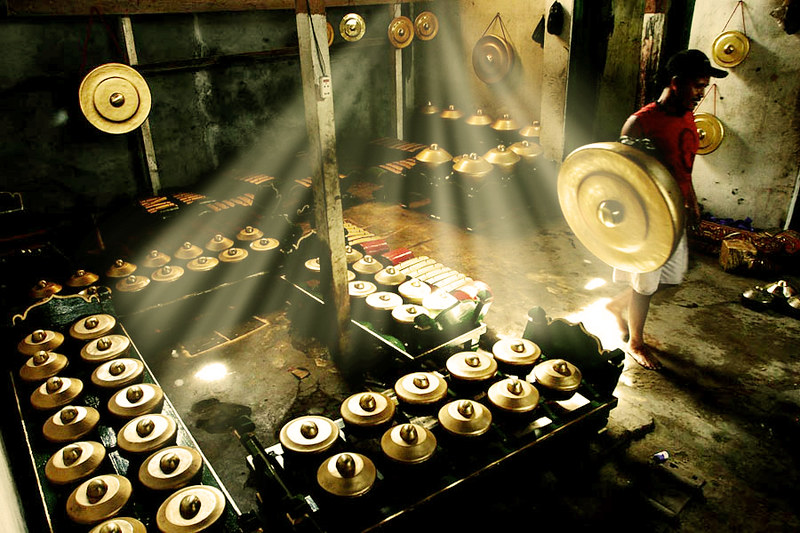
Exploring the Characteristics and Roles of Gamelan Instruments
- Kendhang: The conductor of the Gamelan ensemble, responsible for regulating tempo.
- Bonang Barung & Bonang Panerus: Bonang Barung holds a more significant role than Bonang Panerus, with the latter playing twice as fast.
- Demung: A melodic instrument, an essential part of the ensemble with a crucial role.
- Saron: A family of instruments producing notes one octave higher than the Demung.
- Peking: More important than Engkuk, even though Engkuk is played twice as fast.
- Kenong and Kethuk: Similar to gongs, but smaller than gongs and larger than bonang, played with layered sticks.
- Slenthem: Resembling Demung but thinner with one octave lower.
- Gambang: Comprising 18 wooden bars placed on a boat-shaped resonator, played with two mallets, featuring major and minor scales.
- Rebab: A wooden string instrument accompanying vocalists.
- Siter: Known for its unique sound, with 11 to 13 strings and specific tunings.
Gamelan Jawa: A Cultural and Artistic Treasure
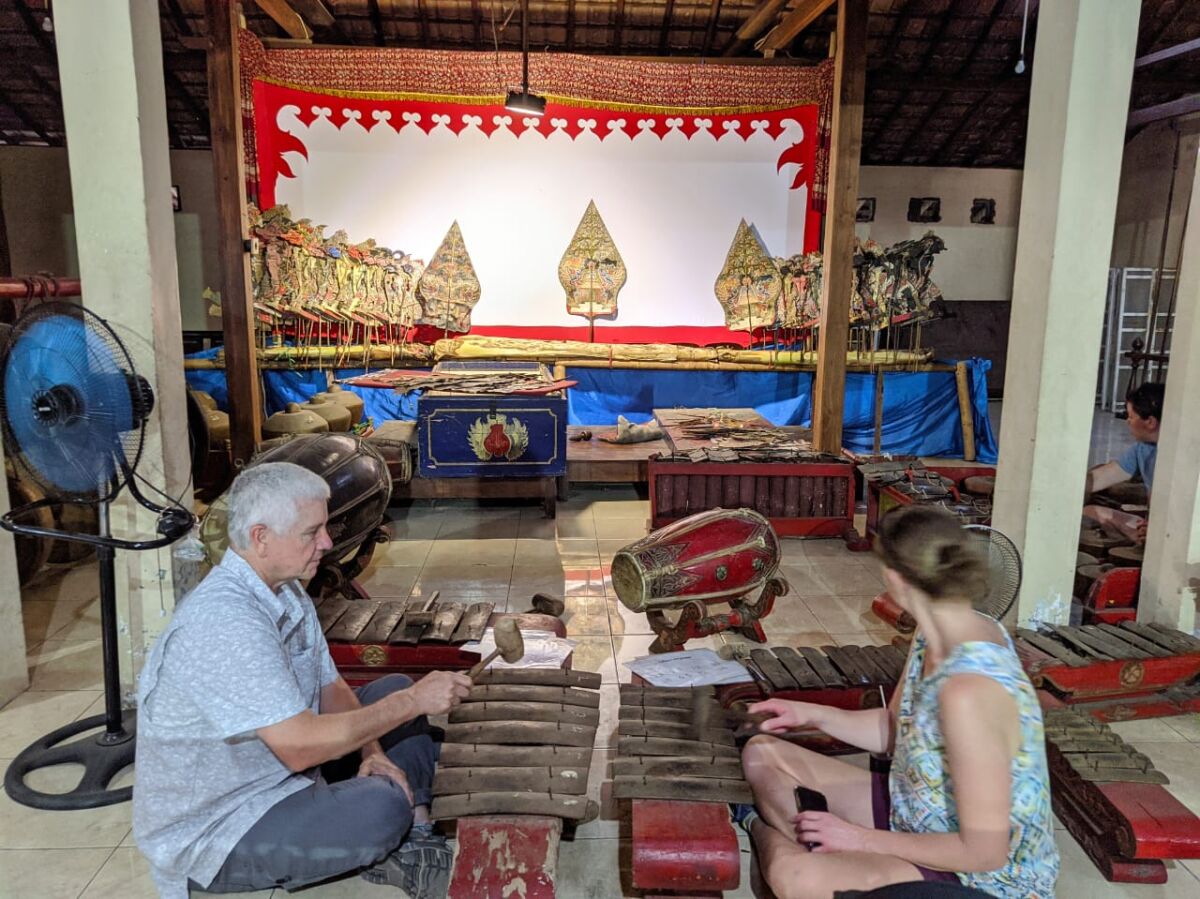
Gamelan Jawa with its gentle rhythms often accompanies wayang performances and traditional dances. However, it’s more than a mere accompaniment; Gamelan can stand alone as a complete musical presentation, often featuring singers or “sinden.” Over time, this art form has evolved and now incorporates elements of modern music, showcasing its adaptability and enduring relevance.
The aesthetic value of Gamelan extends beyond music; it carries spiritual, moral, and social significance. In Eastern societies steeped in tradition and culture, Gamelan serves various functions, such as educational tools, setting the ambiance, accompanying dances, enlivening celebrations, and welcoming esteemed guests.
In 2021, Indonesia sought to nominate Gamelan as an intangible cultural heritage to UNESCO. The Ministry of Education and Culture (Kemendikbud) believed that Gamelan could be a powerful diplomatic tool due to its significant global influence. Since the 19th century, Javanese Gamelan has been exported worldwide, inspiring renowned composers in Europe and beyond.

Experience Gamelan Jawa with Java Private Tour
Now, the highlight of our journey into the world of Gamelan Jawa – the opportunity to experience it firsthand with Java Private Tour. Here, you can immerse yourself in the captivating rhythms of Gamelan Jawa under the guidance of a maestro. You can partake in jam sessions, learn about the culture, art, and history directly from the maestro in a relaxed, familial atmosphere while savoring delicious local cuisine. This promises to be an unforgettable experience that will leave you happy and enlightened.
In conclusion, Gamelan Jawa is not just music; it’s a window into the soul of Java. With Java Private Tour, you can explore the heart of this island’s cultural heritage and take home memories that will last a lifetime. So, why wait? Embark on this enchanting journey with us and discover the magic of Gamelan Jawa. BOOK HERE to start your unforgettable experience today.
You May Also Like
 Harmony in Bamboo: Exploring the Enchanting Angklung at Saung Udjo, Bandung
Harmony in Bamboo: Exploring the Enchanting Angklung at Saung Udjo, Bandung
 Exploring the Enchanting Beauty of Mount Prau and Dieng Plateau with Java Private Tour
Exploring the Enchanting Beauty of Mount Prau and Dieng Plateau with Java Private Tour
 Exploring Java’s Countryside: Cycling Through the Heart of Yogyakarta with Java Private Tour
Exploring Java’s Countryside: Cycling Through the Heart of Yogyakarta with Java Private Tour
 Exploring the Hidden Gems Around Borobudur Temple with Java Private Tour
Exploring the Hidden Gems Around Borobudur Temple with Java Private Tour
 Unveiling the Sacredness of Gamelan: A Glimpse into Javanese Rituals
Unveiling the Sacredness of Gamelan: A Glimpse into Javanese Rituals

